Conquer excessive sweating.
Excessive sweating in response to heat, physical activity, or stress is typical and usually not a concern. However, if you experience excessive sweating without these triggers, it could be a sign of hyperhidrosis, a condition that can significantly impact one’s quality of life, according to Dr. Shoshana Marmon, a clinical assistant professor of dermatology at New York Medical College.
Hyperhidrosis not only causes physical discomfort, such as sweat stains and visible perspiration, but also emotional distress due to social embarrassment and self-consciousness, Marmon noted in a release from the American Academy of Dermatology. Individuals with a family history of the condition, those with medical conditions associated with excessive sweating, or those consuming certain foods or supplements might be more susceptible.
Triggers for hyperhidrosis can include heat, stress, and spicy foods or caffeine. Key symptoms of the condition are:
- Interference with daily activities due to excessive sweating, such as noticeable sweat stains or difficulty performing tasks like turning doorknobs or typing
- Visible sweat on the skin
- Soft, white, or peeling skin in specific areas
- Increased frequency of skin infections, like athlete’s foot or jock itch
While there is no definitive cure for hyperhidrosis, treatments can effectively manage the symptoms. Dr. Marmon recommends consulting with a board-certified dermatologist to develop a personalized treatment plan if sweating persists despite other measures.
In the interim, certain strategies may help control excessive sweating. Using an antiperspirant, which blocks sweat glands, is more effective than deodorants that only mask odor. Apply antiperspirant to dry skin before bed and in the morning, targeting areas prone to sweating, such as the palms, back, and behind the knees. Opt for breathable fabrics like cotton, use armpit shields to prevent stains, and keep spare clothes handy.
For foot care, frequently change shoes and allow them to dry out between uses. Leather shoes and cotton socks are preferable for moisture control. These practices can also help reduce the risk of fungal infections.
Tracking sweating patterns in a “sweat diary” can help identify triggers and avoid them. Additionally, addressing the emotional aspects of hyperhidrosis is important; seeking support through education and support groups can be beneficial for managing self-consciousness and potential depression related to the condition.

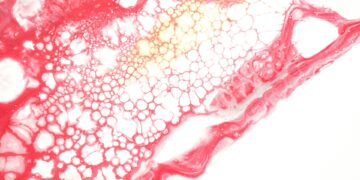

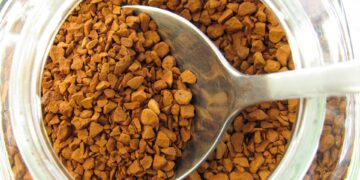



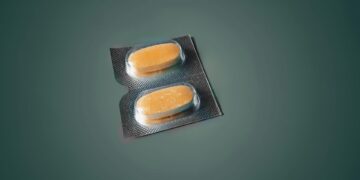
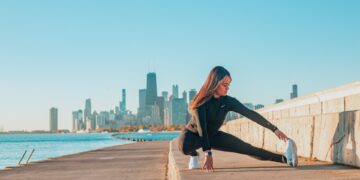











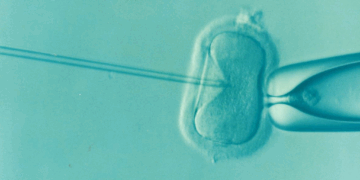
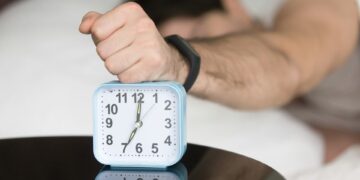











Discussion about this post